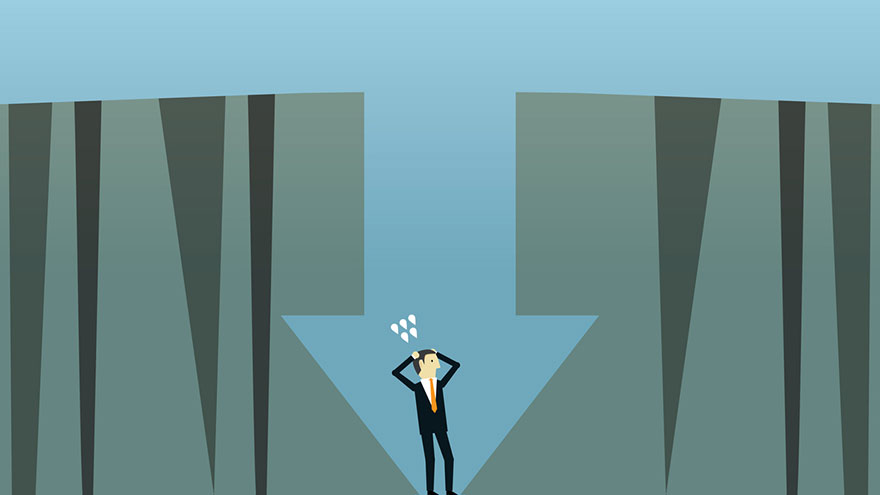What Makes Bond Yields Go Up & Down?
Bonds pay investors a fixed interest rate every year until they mature or come due. When initially issued, bonds are sold in denominations of $1,000 or what is known as “par value.”

Bonds Traded on Secondary Market
After they are issued, bonds trade in the secondary market on the various exchanges in which they are listed.
Interest-Rate Sensitive
Bonds are interest-rate sensitive investment vehicles. When interest rises, the price of bonds generally drops. When interest rates drop, the prices of bonds generally rise.
Adjustment of Yields
Since bonds carry a fixed interest rate, the only way their yields can be made competitive with that of other comparable fixed-income investments is for their price to be adjusted.
Bond Yield
Bond yield is a percentage measure of an investor’s annual rate of return. Yield is determined by dividing the annual interest received by the price paid for the bond, expressed as either a percentage above or below its original par value.
Below Par
In order for a previously issued bond to generate a higher yield in a rising interest rate environment, it must be offered at a price below its par value. Bonds that sell below their par value in the secondary market are sold at a discount.
Above Par
If interest rates decline, the price of a previously issued bond will sell at a premium to its par value. By paying a premium, or a price above par ($1,000), the yield on the bond will drop.
You Might Also Like :: Interest Rate Vs. Yield

